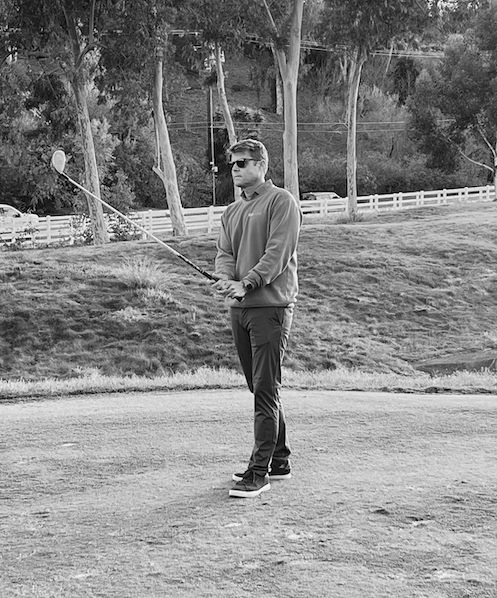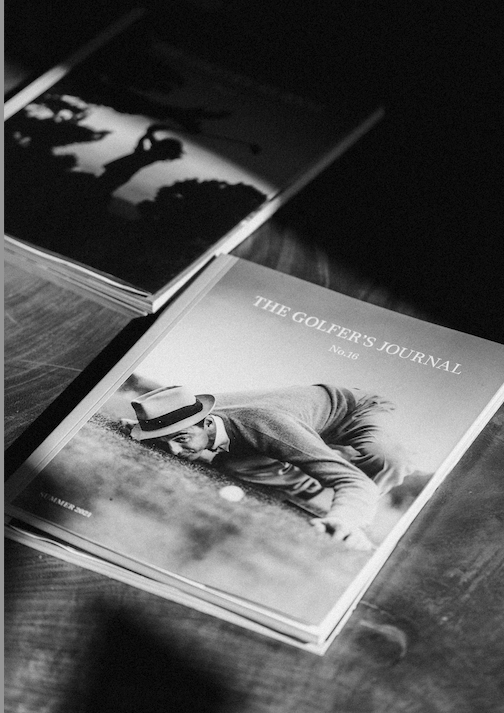Every shot in golf is unique. Or at least it should be.
For the first 15 years of my golf life I was convinced of one “fact”; the more consistent my swing was, the more consistently I would play. Turns out I couldn’t have been further from the truth.
Makes sense though, right? A more consistent swing should equate to more consistent golf. I think that assumption is why we all spend so much time working on a repetitive motion at the driving range and very little time on all the other aspects of the game. We watch videos, read books, take lessons. All with the goal of becoming a consistent golfer. The only problem is, we are going about it all wrong. I’m not suggesting that skill building is unimportant. It definitely is. And there is one skill that must be learned above all else.
In order to be consistently good at golf, we must first understand what good really means. As a coach for over 20 years and a competitive player for 15, I can tell you that the most impactful piece of the whole golf puzzle is just that; IMPACT.
One MUST be capable of performing a sweet-spot strike before anything else. There are tons of swing philosophies and position based tips but there is only one correct impact position. This is the only “fact” in golf and, once fully understood, it will change the way you see the game forever. But let’s not get into that here. Let’s focus on the reality that every round of golf, every shot, every swing is, and should be, unique.
Take for instance the first tee at your home course. Imagine a crisp 70 degree day with almost no wind. You’re with your favorite golf partner. It’s just the two of you and you’re out for a casual nine on a Saturday afternoon. The course is empty and there’s no stress. Picture your outfit. Now picture the swing and shot you’d like to see, and then the feeling you’d have after watching the ball fly and eventually roll to a stop in the ideal place in the fairway.
Now, let’s imagine the same tee shot but let’s bring on some 30mph winds. It’s cold. It’s early in the morning and you have a ton of work to get to later. The course is packed and you’re paired with a random group since your regular group pulled out last minute. What are you thinking? What are you feeling? If you’re like me, this is a totally different sensation than the previous one. So what do we do?
Well, we can try to pretend this is the same hole, the same shot, the same situation as any other experience. But let’s be honest, it’s not. It’s miles away. That doesn’t mean it’s bad. It just means that we need to be present in the situation and do our best. So how do we do that?
The following two questions - above all else - have proven to be the best way to snap into the present moment and tune into the shot at hand:
- What would a good shot look like here?
- How would that feel?
That first question incites a visual response (immediately taking us from analytical mode to sensory). We naturally let go of the intellectual thoughts and move into the visual cortex projection. We imagine a shot that fits the situation.
The second question (how would that feel?) keeps us in sensory mode and incites a sensation in the body that would produce the picture we just imagined – literally programming the intended shot shape and swing sensation. We start to feel a swing and impact position that correlates to the picture.
In all situations, these two questions have served me and my students better than anything else. They let the moment’s conditions dictate the ball flight and sensations rather than trying to fit a “stock” swing into a unique situation.
So let’s be clear. The impact alignment that allows for sweet-spot contact is 100% law. But, how a golfer gets there given the real-time conditions is entirely malleable and should not be forced – rather allowed.
Every single situation occurring on the golf course can and should be attended to with the two key questions: What would a good shot look like here and How would that feel. Allowing the environment and conditions to dictate our actions frees us up to adapt to the uniqueness of each shot which is important because, every shot is unique.
The next time you find yourself in a unique situation - literally every situation - try to tune in and ask yourself the following questions: What would a good shot look like here? And How would that feel?.



Leave a comment
This site is protected by hCaptcha and the hCaptcha Privacy Policy and Terms of Service apply.